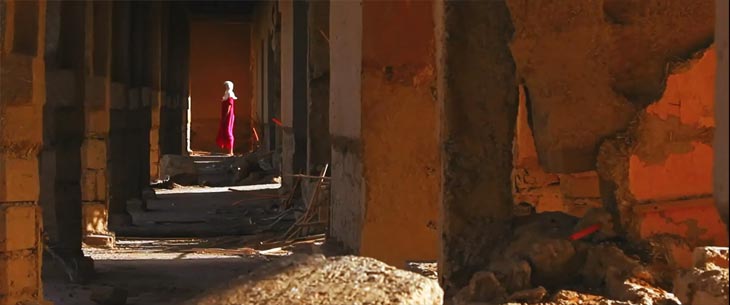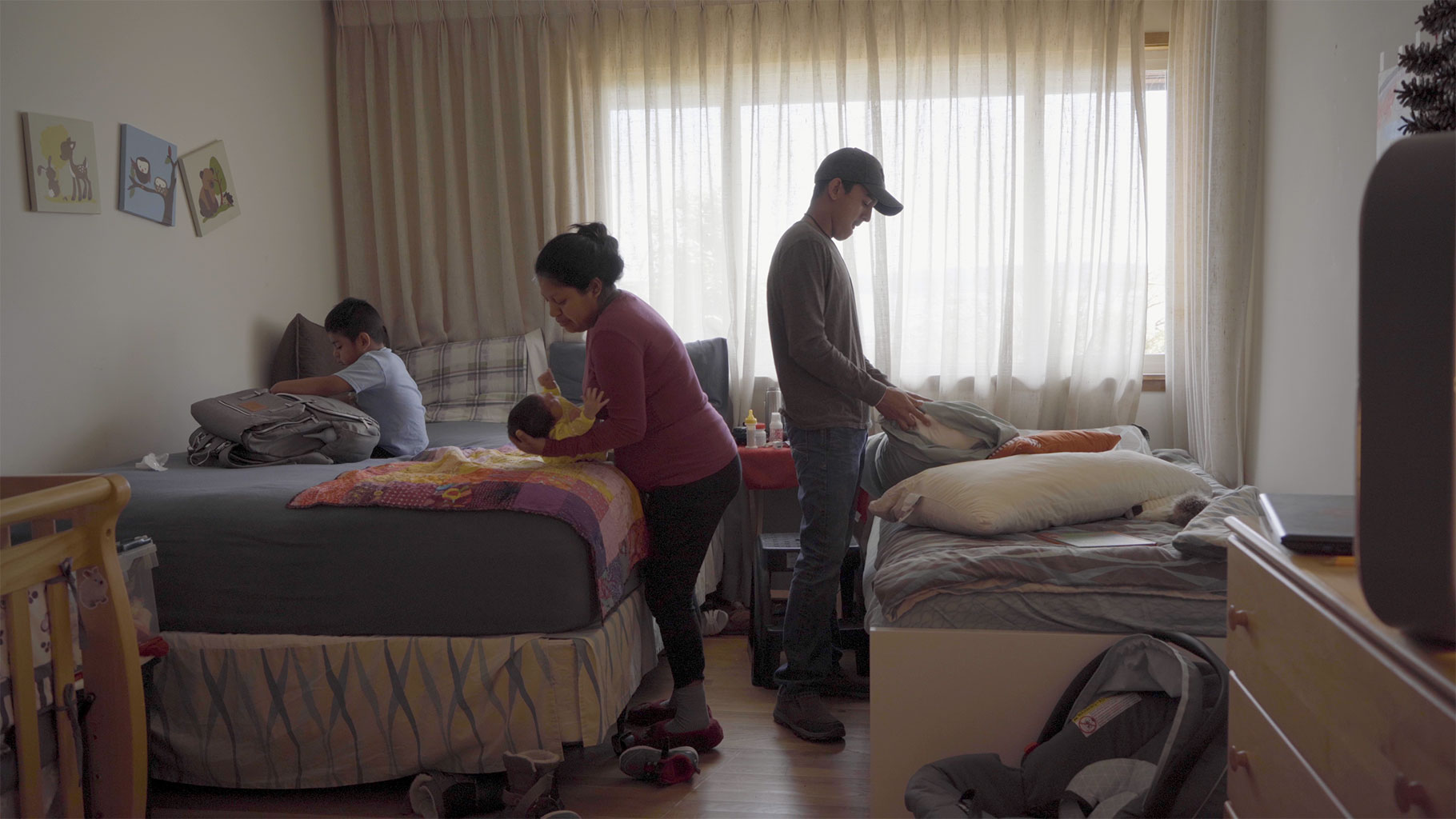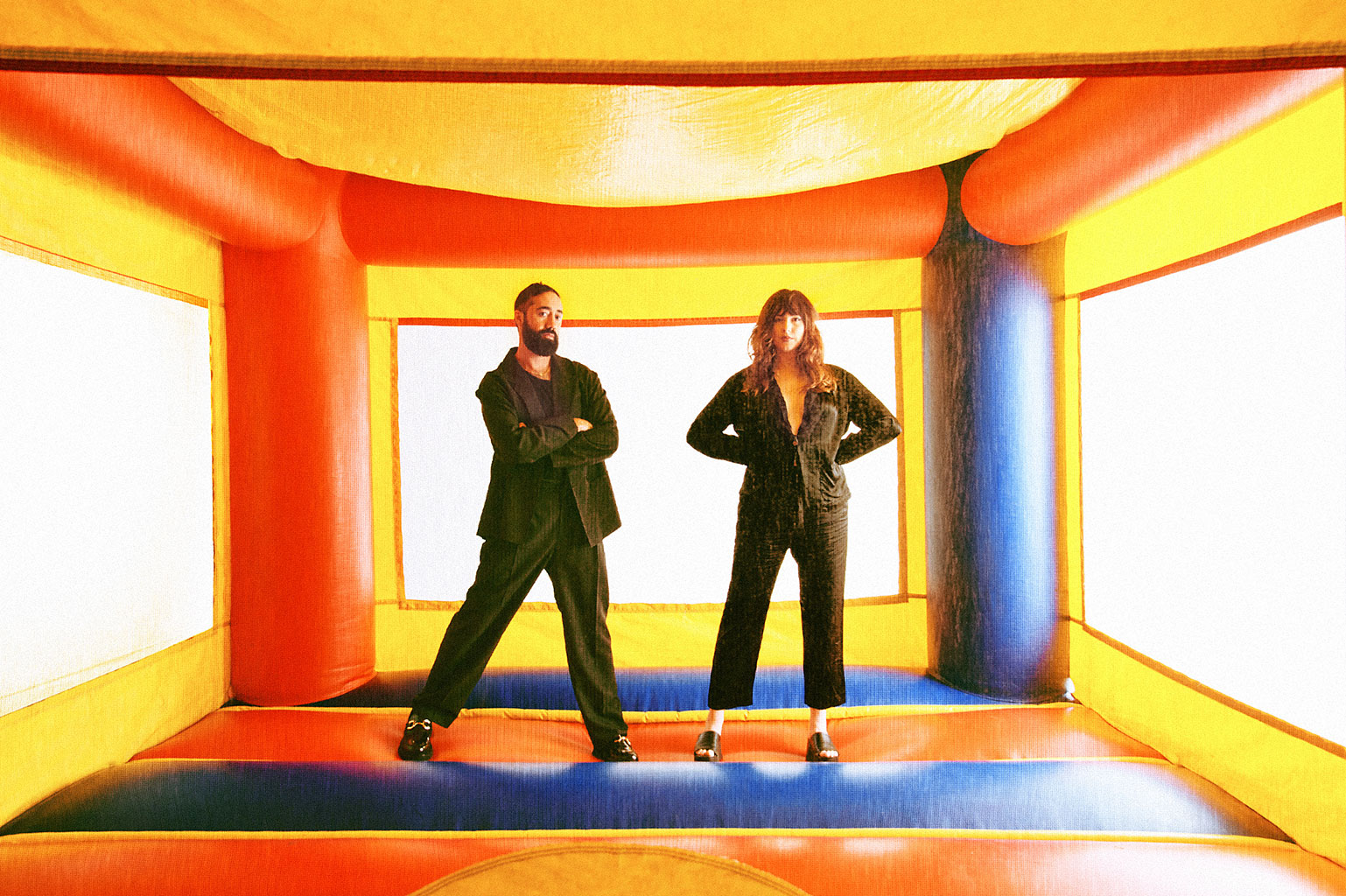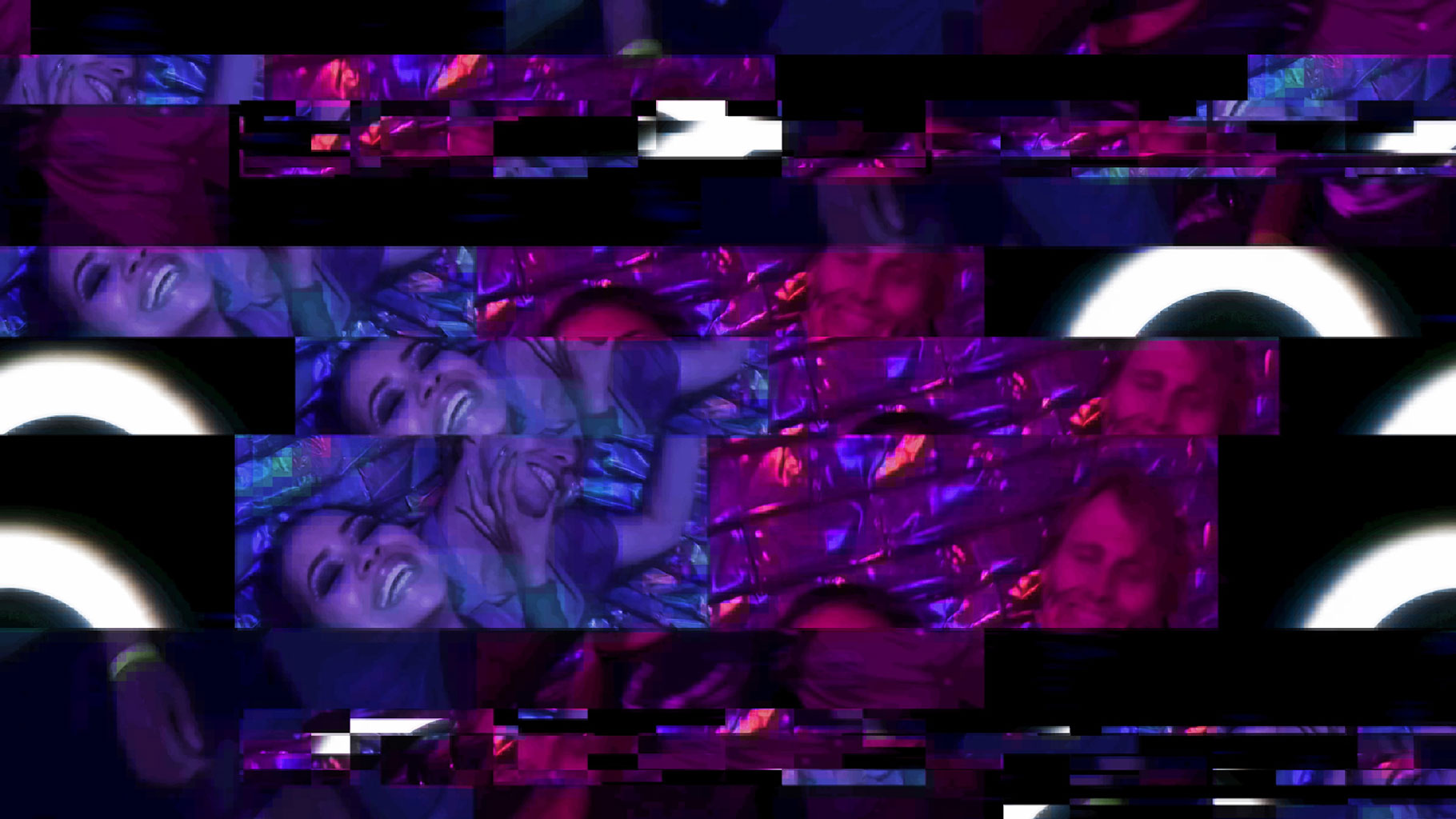The adventure into this music video begins with a small sampling of stills, as chosen by by the band, followed by the video and a smattering of Q&A selections.

2:15 (The advent of humanity)
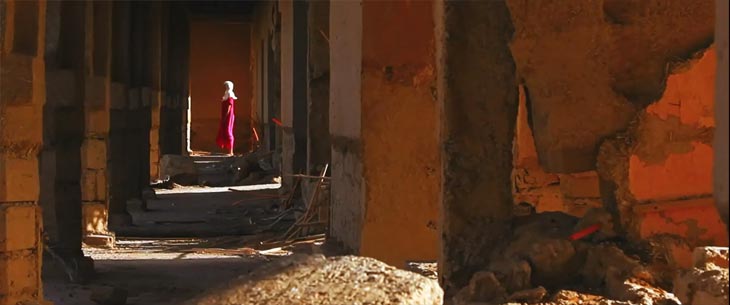
4:22 (The feminine)
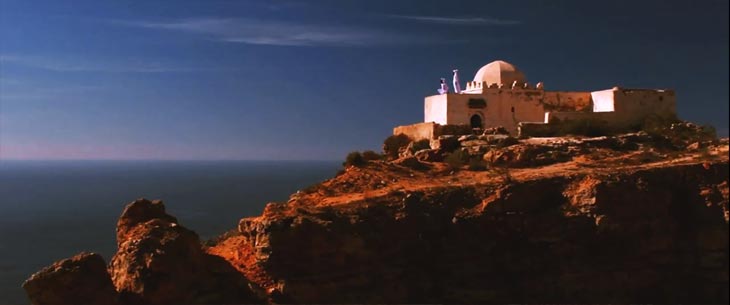
6:03 (The desert dumping into an equally expansive and endless sea)
How was the music video first conceptualized?
When we were writing the song the visuals immediately kept in most of our minds. This song(s) really isn’t a single or perhaps the most immediate, but it was the most visual to me and I really wanted to tackle it. It was an opportunity to see how close we could some to executing what was in our heads.
Can you tell me about some of the locations in which the film was filmed? Were there certain places that you felt aligned visually or captured the vibe of the record the most?
Well, to me, this record has a very… I don’t know how to explain it exactly without sounding a bit silly. It’s very open, expansive. At least for this song, it called for a desert setting. Someplace you start over in, or get lost in, or are running away from something, or trying to forget something. A desolation. I was close enough to the Sahara that I wanted to make it happen. The Almeria is in Southern Spain, and that’s where [Italian director Sergio] Leone shot most all of his westerns, as a stand in for the American southwest. But it sets up a place that feels a bit off, which makes it feel like something else entirely and brings a lot of charm to those films which have been a big influence on me. But to shoot in the Almeria would then place our identity in this Leone/[Italian composer Ennio] Morricone landscape which wasn’t approriate, either. The Sahara seemed like the only choice. If we were going to move forth with these ideas, we had to do it the right way. It was mostly shot in southwestern Morocco, but a few things were shot outside of London and in Atlanta. Even the stand-in/pick-up shots were shot in Epping Forest which is kind of a creepy spooky place at night. I suppose I always wanted something to be a bit unsettling about everything.
LYONNAIS BAND INTERVIEW CONTINUED BELOW
Characters emege occasionally throughout the video. Was there a thematic narrative at all?
Well, that’s kind of it. I think it’s dangerous to really adhere to too strict of a narrative. I mean, the idea is to provide a visual to the song and help to paint that picture a bit better. I myself have a hard time with other people working on accompanying visuals to music that I am involved in, unless they are a part of the writing process or were involved on some intimate level. Anything too forced would kind of destroy what we set out to do to begin with. You always run the risk of ruining people’s perceptions of a song if you have a hard narrative that you are pushing visually. I don’t want to tell someone what to feel. The song means something very very specific to me, and the video means and represents something very specific to me too. But I like the idea that it can mean something else entirely to you, yet still be perhaps something that you connect with for your own reasons.
This video seems to call back to an older time, perhaps one more primal and mystical. Was that intentional, and are sources such as those important to your work in general?
My hope was that it wouldn’t seem of this world. You have these ancient biblical-looking settings that seemed untouched by time combined with these other kind of decayed industrial zones that hopefully take it out of that setting and place it in some sort of alternate space. Neither here nor there.
I didn’t want to dismiss the slight Arabian undertones either, as they definitely allude to a different type of mysticism than you might find in the American west, and to me, it was important to separate the visual to somewhere a little less familiar and more exotic in order to convey the right feeling. There is a certain overwhelming feeling that I get when I think of the Sahara or the Gobi, a place where nothing changes. It could be 2,000 years ago or 2,000 years from now and you wouldn’t know the difference. It humbles you.
Ω

